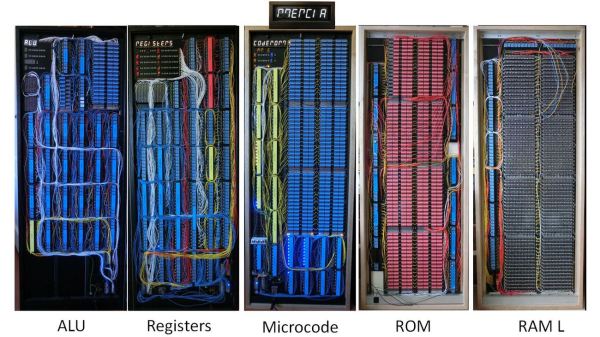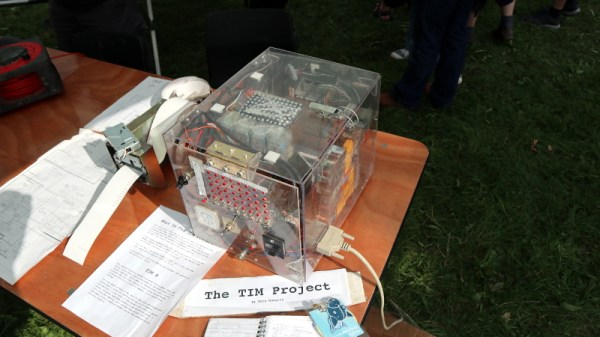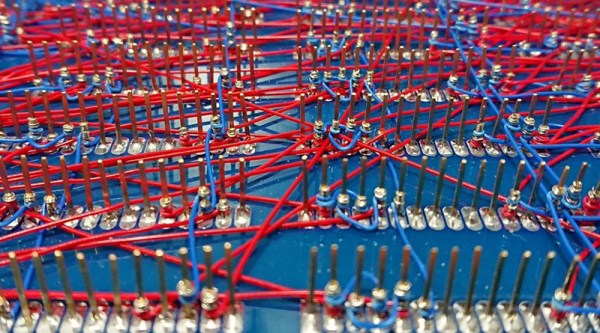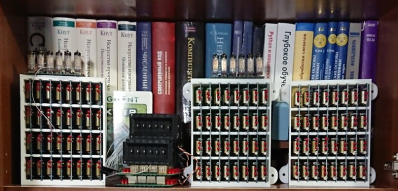Magnetic tape storage is something many of us will associate with 8-bit microcomputers or 1960s mainframe computers, but it still has a place in the modern data center for long-term backups. It’s likely not to be the first storage tech that would spring to mind when considering a relay computer, but that’s just what [DiPDoT] has done by giving his machine tape storage.
We like this hack, in particular because it’s synchronous. Where the cassette storage of old just had the data stream, this one uses both channels of a stereo cassette deck, one for clock and the other data. It’s encoded as a sequence of tones, which are amplified at playback (by a tube amp, of course) to drive a rectifier which fires the relay.
On the record side the tones are made by an Arduino, something which we fully understand but at the same time can’t help wondering whether something electromechanical could be used instead. Either way, it works well enough to fill a relay shift register with each byte, which can then be transferred to the memory. It’s detailed in a series of videos, the first of which we’ve paced below the break.
If you want more cassette tape goodness, while this may be the slowest, someone else is making a much faster cassette interface. Continue reading “This Relay Computer Has Magnetic Tape Storage”



















